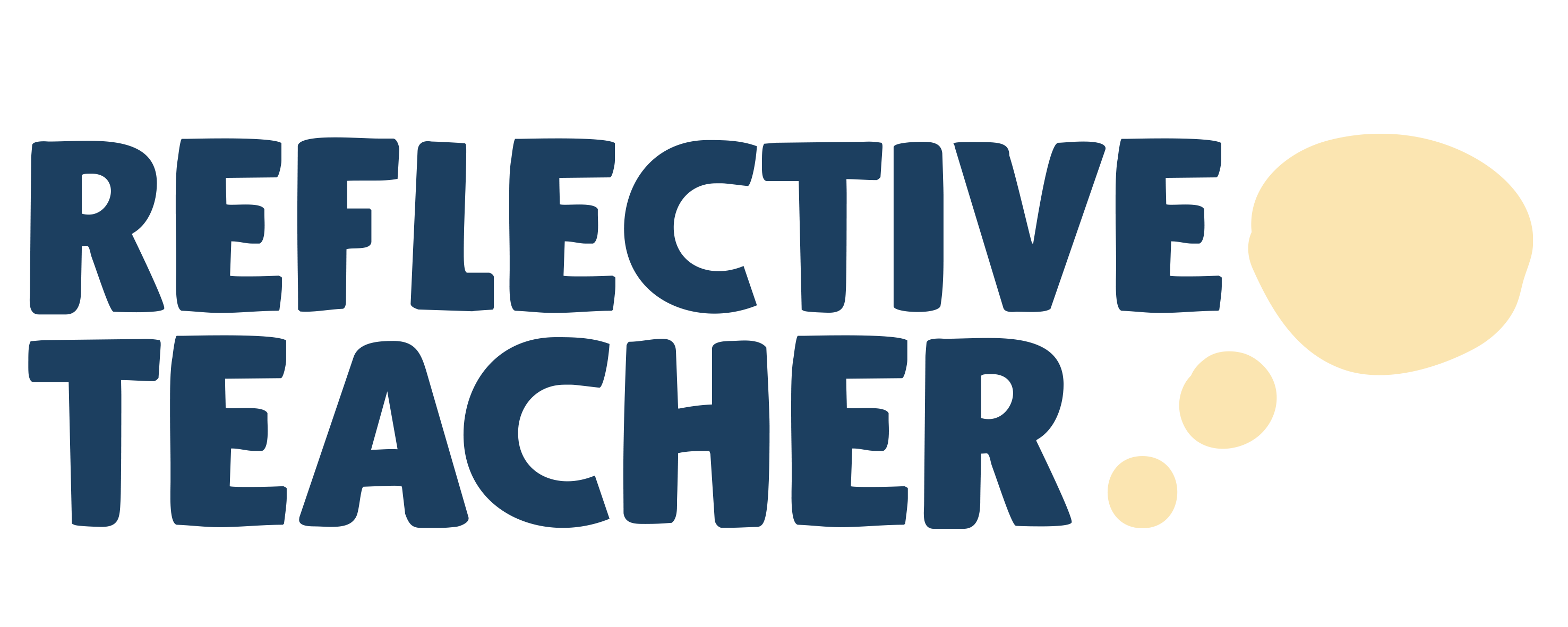At ReflectiveTeacher, we’re passionate about fostering environments where educators can thrive through reflective practice. Today, we delve into the concept of learning walks—a powerful tool not just for teacher development but also for school-wide enhancement. These guided tours through classrooms offer a unique lens into the diverse teaching and learning processes within a school. Let’s explore how they can benefit both teachers and the school at large, making every step count towards a more reflective and effective educational environment.
What Are Learning Walks? 🤔
Learning walks are structured observations where educators observe their peers in the classroom setting, often with a focus on specific educational practices or objectives. Unlike formal evaluations, these walks are non-judgmental and aim to foster a culture of openness and shared learning. They can be led by various members of the school community, including teachers, department heads, or administrators, and are designed to spark dialogue and reflection on teaching practices.
The Benefits for Teachers 👩🏫👨🏫
1. Professional Growth and Reflection
Participating in learning walks offers teachers a mirror to reflect on their teaching practices. By observing peers, teachers gain insights into different teaching strategies, classroom management techniques, and ways to engage students. This reflection can inspire them to adopt new methods or refine their own practices, leading to professional growth.
2. Collaboration and Community Building
Learning walks break down the walls of isolation by promoting a sense of community among teachers. They encourage open dialogue and sharing of best practices, fostering a collaborative environment where teachers feel supported and valued.
3. Enhanced Understanding of Curricular Integration
Teachers participating in learning walks gain a broader understanding of how different subjects and grade levels integrate the curriculum. This holistic view helps educators see the bigger picture of student learning journeys across subjects and grades.
The Benefits for the School 🏫
1. Cultivating a Reflective Culture
Learning walks embed a culture of continuous improvement and reflective practice within the school. They signal to the entire school community that growth and learning are ongoing processes, not just for students but for educators as well.
2. Improving Teaching and Learning Quality
As teachers reflect and incorporate new strategies into their teaching, the quality of teaching and learning across the school improves. Learning walks can highlight areas of strength and areas needing development, guiding targeted professional development efforts.
3. Building Consistency and Cohesion
Through shared observations and reflections, learning walks help align teaching practices with the school’s educational goals. This alignment ensures consistency in teaching quality and cohesion in educational approaches across different classrooms and subjects.
Implementing Learning Walks: Best Practices 📋✅
To maximize the benefits of learning walks, schools should consider the following best practices:
- Clear Objectives: Define what you aim to achieve with learning walks, whether it’s enhancing a particular teaching strategy, fostering a collaborative culture, or something else.
- Voluntary Participation: Encourage teachers to participate voluntarily to foster a positive and non-threatening environment.
- Focus on Learning, Not Evaluation: Ensure that the walks are used as a tool for learning and reflection, not for formal evaluation or judgment.
- Structured Feedback: Provide structured opportunities for observers to share their observations and for teachers to reflect on the feedback in a constructive manner.
- Follow-Up: Implement a system for teachers to share how the learning walk has influenced their practice, reinforcing the cycle of continuous improvement.
External Resources 🌐
For those interested in diving deeper into the world of learning walks and reflective practice, here are a few resources to get you started:
- (Edutopia) offers insights into how reflective practices can transform teaching and learning.
- (Learning Forward) provides a comprehensive guide on implementing learning walks effectively.
- (ASCD) explores the role of reflection in teaching excellence and professional growth.
In Conclusion 🎓
Learning walks represent a powerful strategy for professional development and school improvement. By fostering an environment of collaboration, reflection, and continuous learning, they can significantly impact the quality of education provided to students. At ReflectiveTeacher, we encourage schools to embrace learning walks as a pathway to nurturing reflective practitioners and enhancing educational practices.
Let’s walk the talk together, transforming our schools into vibrant learning communities where every step taken is a step towards excellence. Share your experiences with learning walks or any thoughts you might have in the comments below

Join the ReflectiveTeacher Movement!
Start your year by joining the ReflectiveTeacher community. Visit ReflectiveTeacher’s Official Website for more information and to download the app. Follow us on Twitter, Instagram, and LinkedIn for the latest updates and insights from educators around the globe. We offer a 30 day free trial to any school of any size to give ReflectiveTeacher a test drive.



Comments are closed